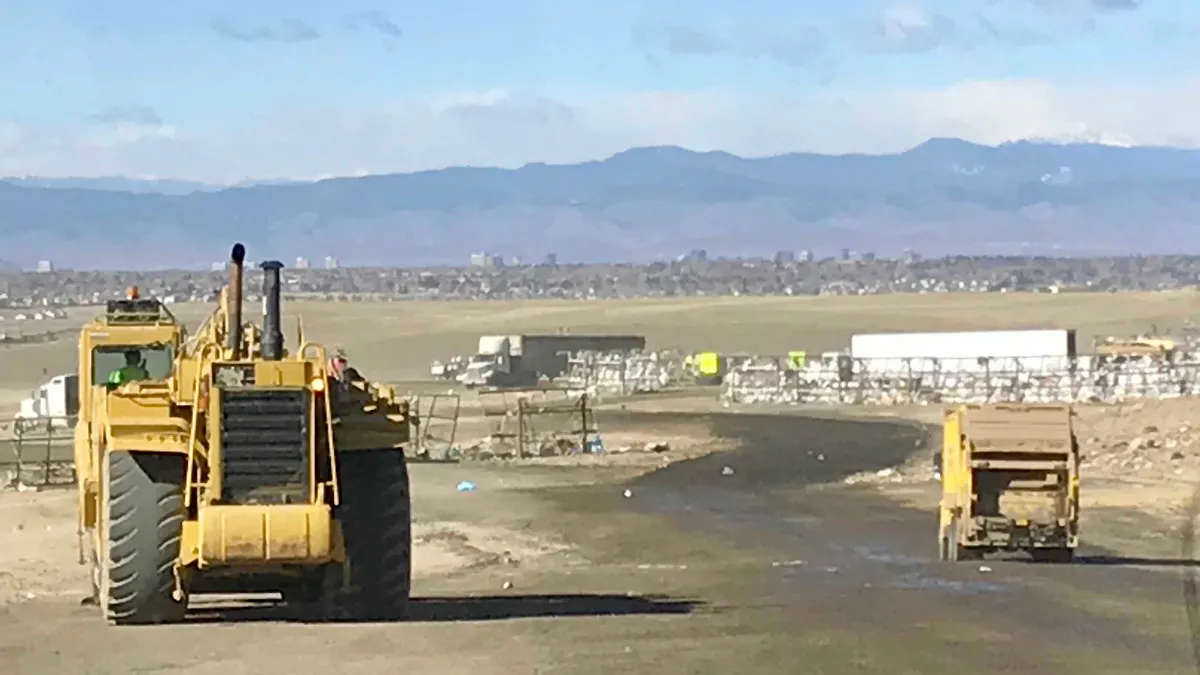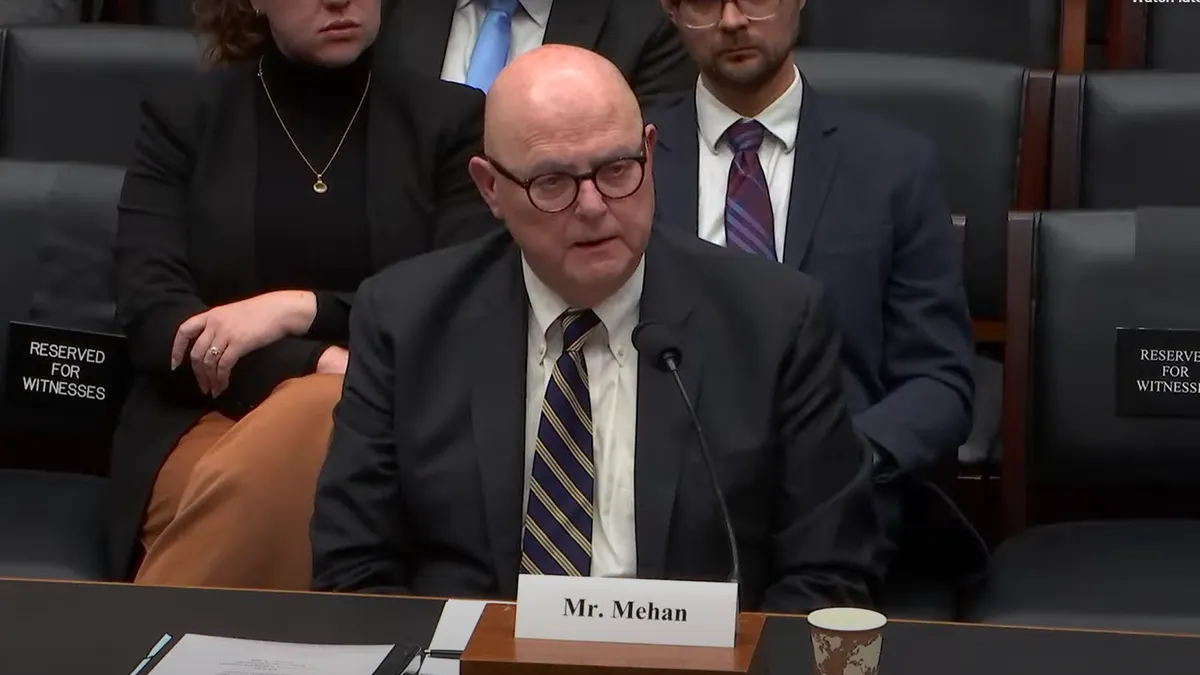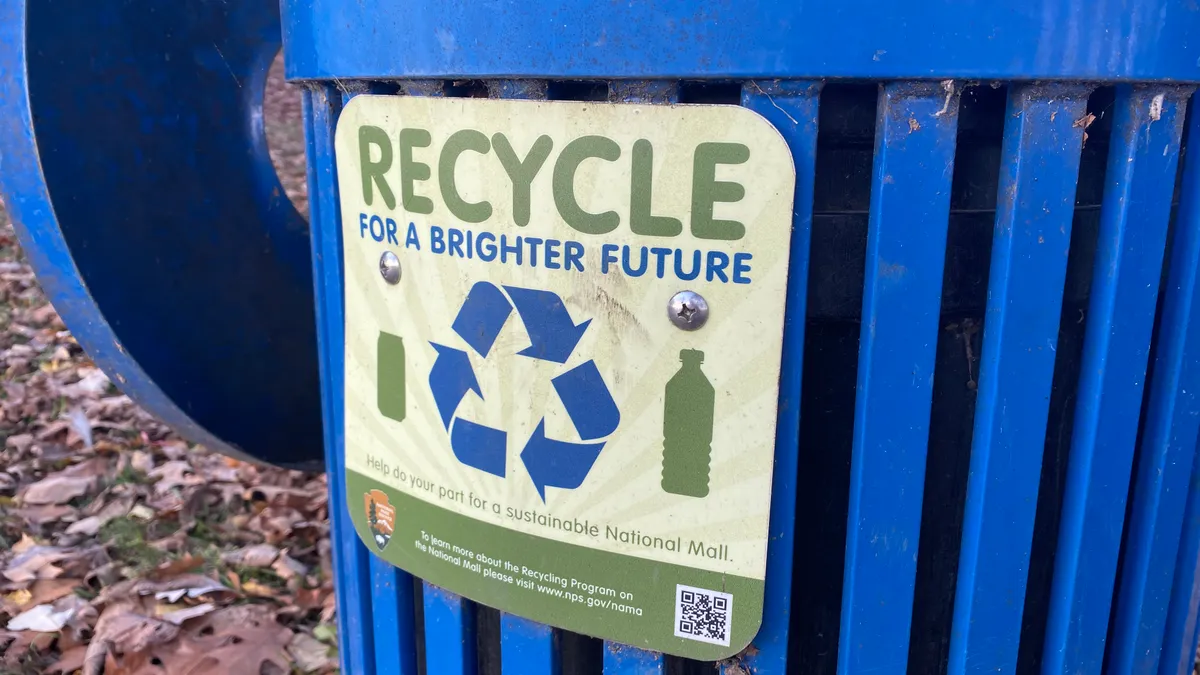Encouraged by potent new incentives in the Inflation Reduction Act aimed at accelerating cuts to greenhouse gas emissions, the waste industry is giving carbon capture and sequestration projects a closer look.
Carbon capture and sequestration is most commonly used to divert carbon dioxide emissions from coal and gas-fired power plants and store them deep underground, typically in tapped-out oil and gas reservoirs. But in recent years, landfills have begun to explore using the technology to manage the carbon emissions they generate. A provision of the recent climate law strengthens the existing tax credit for use of the technology — called 45Q, after the section of the IRS code that codified them — and is spurring fresh interest in the practice.
As bacteria slowly break down food scraps, paper and wood waste in a landfill, they produce landfill gas — about equal parts methane and carbon dioxide, according to the U.S. EPA. How much gas they emit depends on multiple factors, including the landfill’s age, temperature, oxygen levels and the amount of moisture. The higher the temperature and the moisture levels, the more gas is produced. Some landfills burn off the gas — a practice called flaring — while others capture the methane from the mixture and turn it into fuel or electricity.
Landfills are a primary source of emissions for waste companies and, as pressure grows from consumers, investors and regulators to slash emissions across sectors, many in the industry are seeking ways to further tamp down their contributions to climate change.
While landfills account for a smaller share of overall greenhouse gas emissions than other U.S. sources, such as transportation, they emit significant amounts of methane. On a 100-year timescale, methane is 25 times more potent than carbon dioxide when it comes to trapping heat in the atmosphere. According to the EPA, municipal solid waste landfills accounted for about 14.5% of U.S. methane emissions in 2020 — the third-biggest source in that category.
Capturing and permanently sequestering carbon in geologic or saline formations has gained interest as a solution, but the practice can be cost-prohibitive. The new law attempts to clear away those hurdles. Among its many new and expanded tax credits are key provisions that encourage wider adoption of carbon capture, utilization and sequestration.
While the previous 45Q rules required landfills to capture at least 100,000 metric tons per year to qualify for the credits, the new version reduces the qualifying amount to just 12,500 tons per year. The law also sets a new, higher credit value of $85 per metric ton for landfills and other entities that send captured CO2 underground — up from about $50 per ton. Plus, it extends eligibility to projects that begin construction by the end of 2031.
Taken together, industry groups believe these changes are likely to spur greater interest in developing carbon capture projects at landfills.
“These provisions will further incentivize landfill carbon capture as a means of pursuing net-zero emissions strategies at facilities throughout the United States,” said David Biderman, CEO of the Solid Waste Association of North America, in a statement.
The lower emissions threshold is considered particularly attractive. Since most municipal solid waste landfills emit between 10,000 and 100,000 metric tons of CO2 per year, he said the new minimum of 12,500 tons “will incentivize investment in carbon capture projects at many landfills that were economically infeasible prior to enactment of the legislation.”
For sequestration of the captured carbon to be cost-effective, a landfill needs to be relatively close to a suitable geologic formation, such as a saline formation, to keep transportation costs down. But these types of cavities are fairly common in the U.S., Biderman said, so proximity is unlikely to present a significant barrier to wider adoption of the practice. Where saline formations are not nearby, landfills could use depleted oil and natural gas formations or coal seams instead, he added.
Archaea Energy, a leader in renewable natural gas projects at waste sites that is being acquired by BP, declined to comment on whether the new incentives have spurred interest in new geologic sequestration projects at the company. During a quarterly earnings call in August, Chief Financial Officer Brian McCarthy said the company was considering multiple projects and the Inflation Reduction Act’s tax credits make such projects more viable.
Other industry representatives, however, said they would like to see the incentives bolstered further. For example, capturing carbon from flaring, which converts methane to carbon dioxide, is not included in the law’s 45Q provisions, said Brandon Wright, vice president of communications at the National Waste & Recycling Association.
“We would like a more expansive view of what qualifies for the incentives,” he said. “We would like any [carbon dioxide] we capture to be covered.”
But Morton Barlaz, who heads the Department of Civil, Construction and Environmental Engineering at North Carolina State University, doubts whether the Inflation Reduction Act’s expanded incentives will make much of a dent in U.S. carbon emissions. While the new incentives could prod smaller landfills that aren’t already required to capture emissions under current regulations to pursue projects, he suggested the gains will be small and said focus should be on curbing methane.
“If you're going to capture CO2, go to a coal-fired power plant,” Barlaz said. “They probably have 10,000 times more CO2. Don't waste your time in landfills.”

















